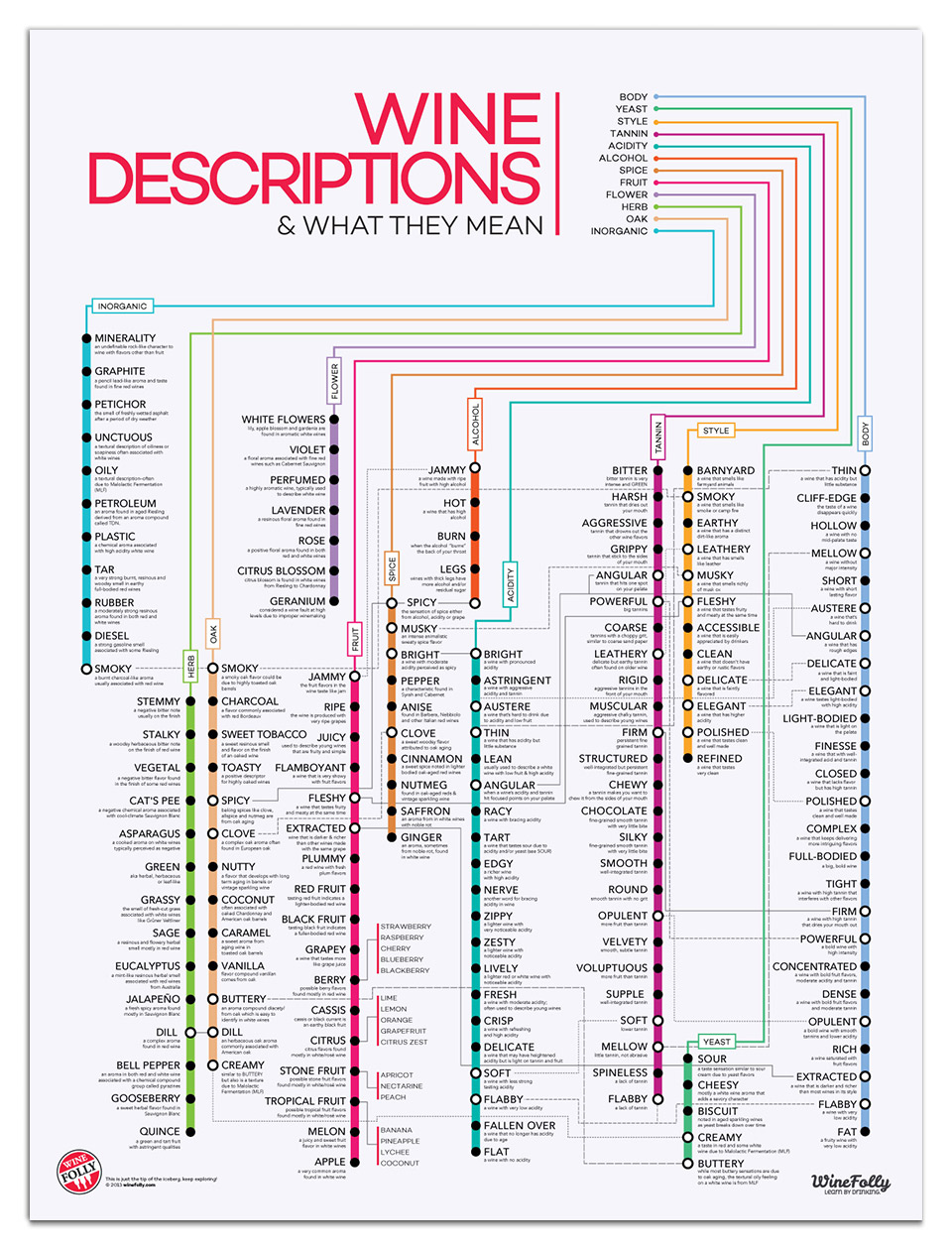Worthless - that's a pretty strong opinion, and I believe it's an incorrect one. Wine words may not be highly useful if you're comparing two wines from the same grape, year, and location, but descriptors still serve an important purpose in helping consumers determine which wines they want to buy and what to expect. For the less educated consumer who is looking to buy a red wine, they may face a choice between a bottle that claims "red cherry, baking spices, and raspberry" and one with contents of "black currant, tobacco, and licorice". These wines are going to be drastically different in style, body, flavor, and tannin - and there's a fair chance the consumer prefers one or the other. If this person realizes she loves the first one but hates the second, she will be more likely to buy wine in the future that has characteristics similar to the first, even if it's a varietal she hasn't previously tasted. This process is facilitated by wine descriptors - not exactly worthless.
Wine descriptors can also clue the consumer into what happened to the grape during the growing, harvest, and fermentation process. "Creamy" or "cheesy" can be a good clue that white wine underwent malolactic fermentation; "marzipan" can indicate that the wine is oxidatively aged, and "coconut" is a sign that the wine was matured in American, not French, oak barrels. These descriptors all help the consumer figure out what's going on inside the bottle, irrespective of the producer, region, or year.
Wine Folly has an informative and visually appealing chart (see below) that connects common wine descriptors with some insight into what they mean.

As you can see, wine descriptors can go a long way in helping consumers make better decisions about wine selection, consumption, and education. It seems like Mr. Weil may have missed the mark in the conclusion from his experiment - wine words aren't worthless after all.

No comments:
Post a Comment
Note: Only a member of this blog may post a comment.